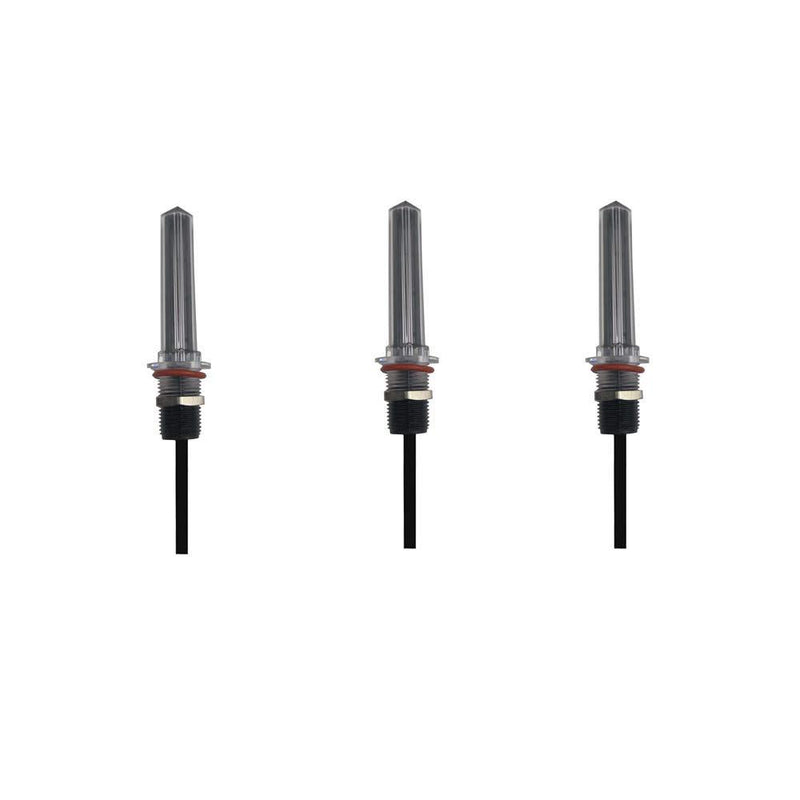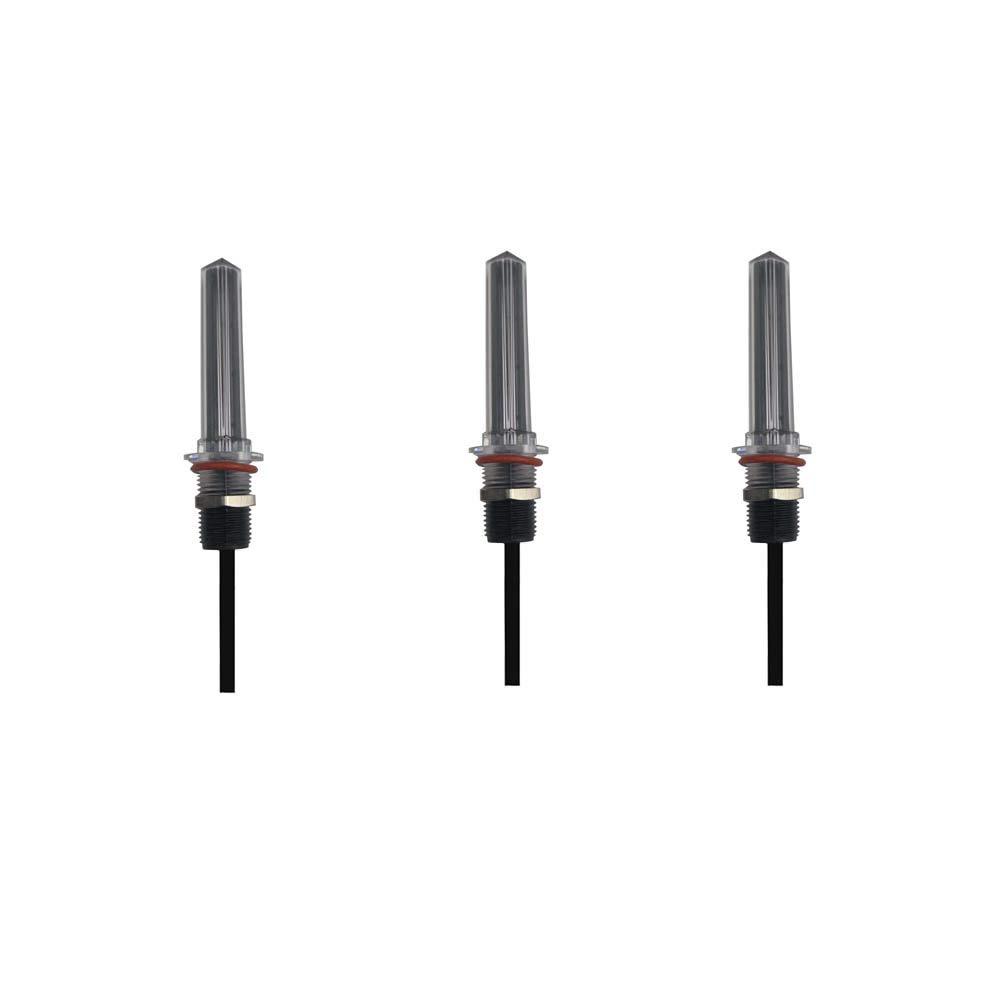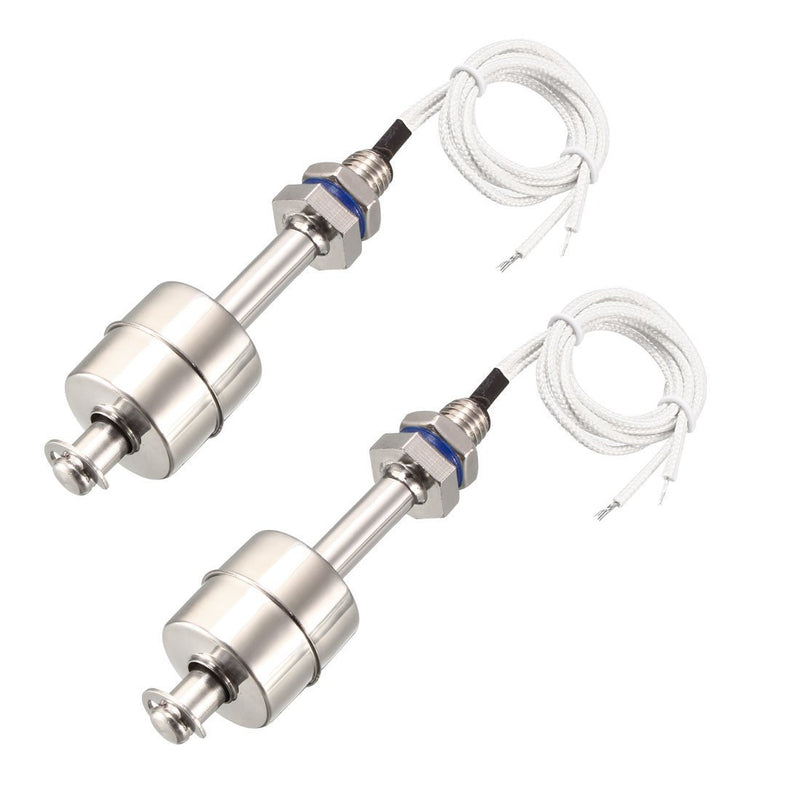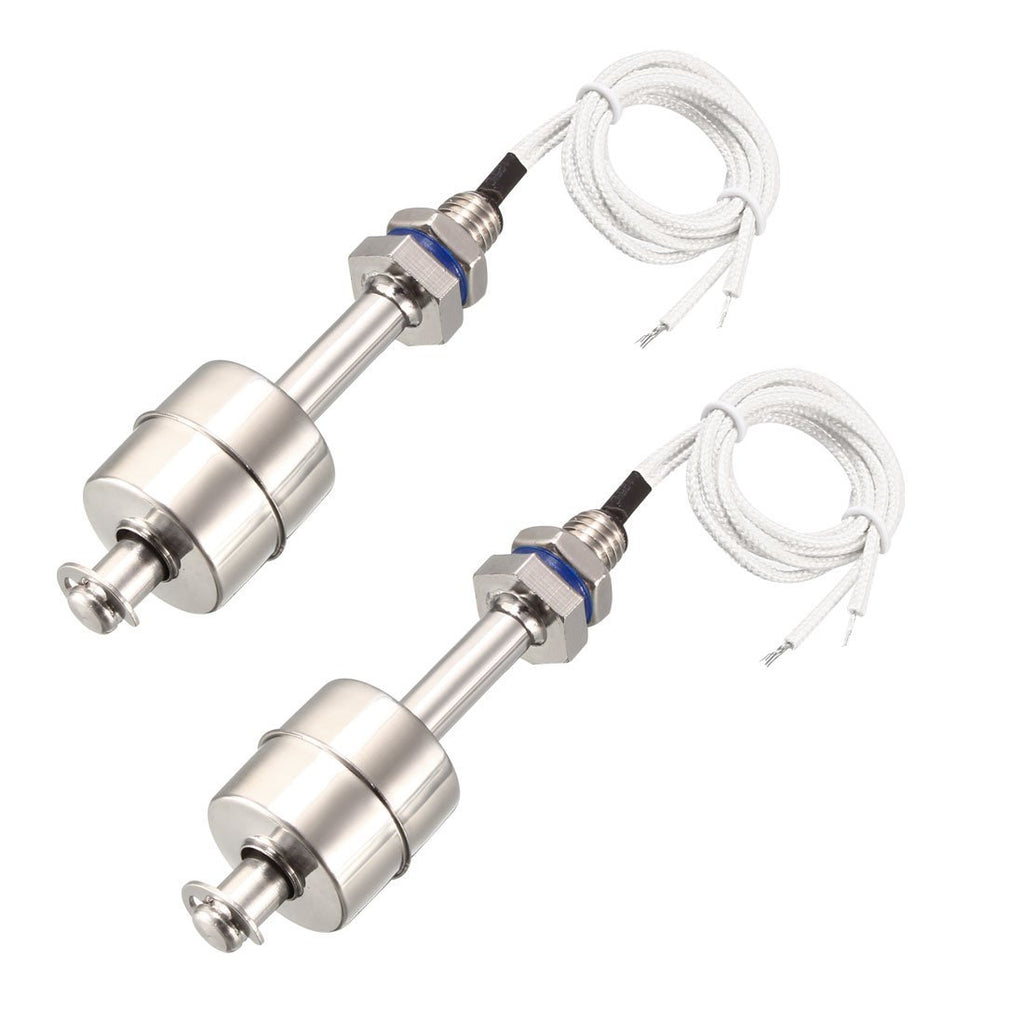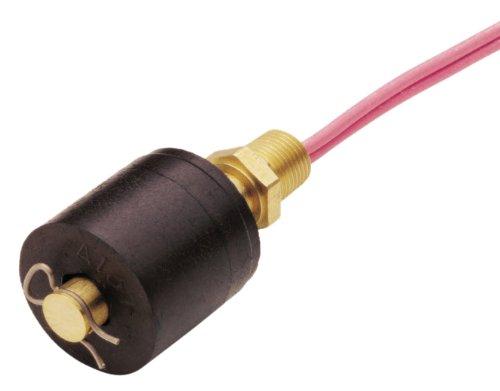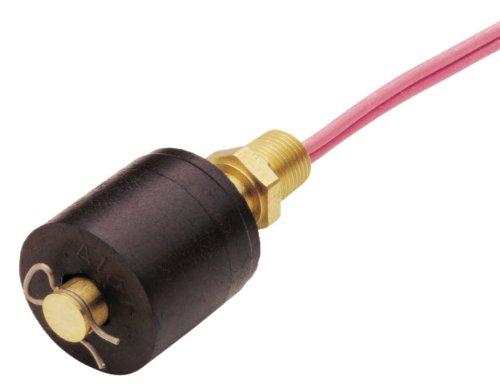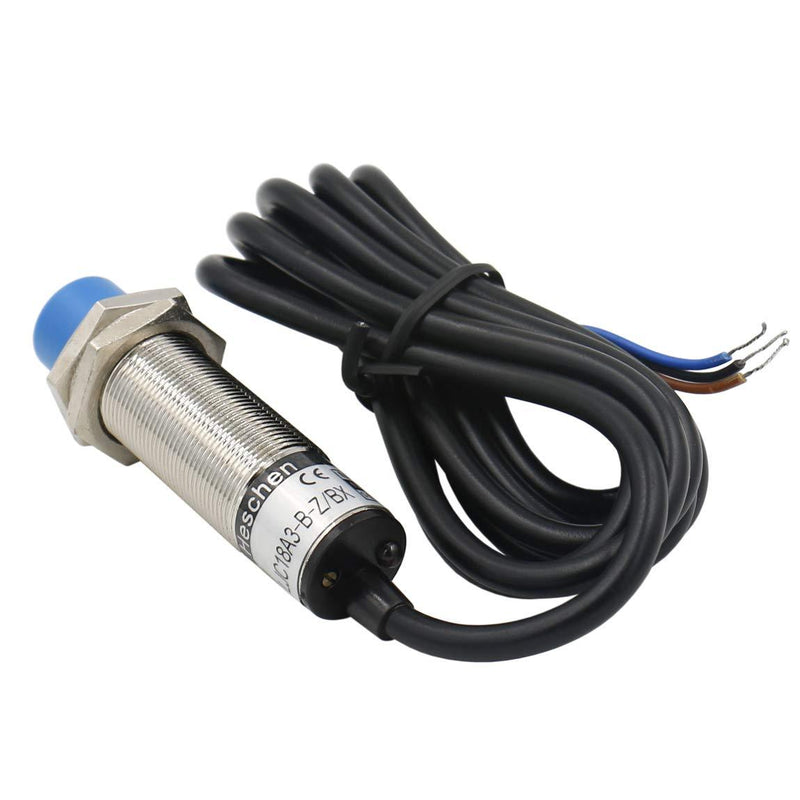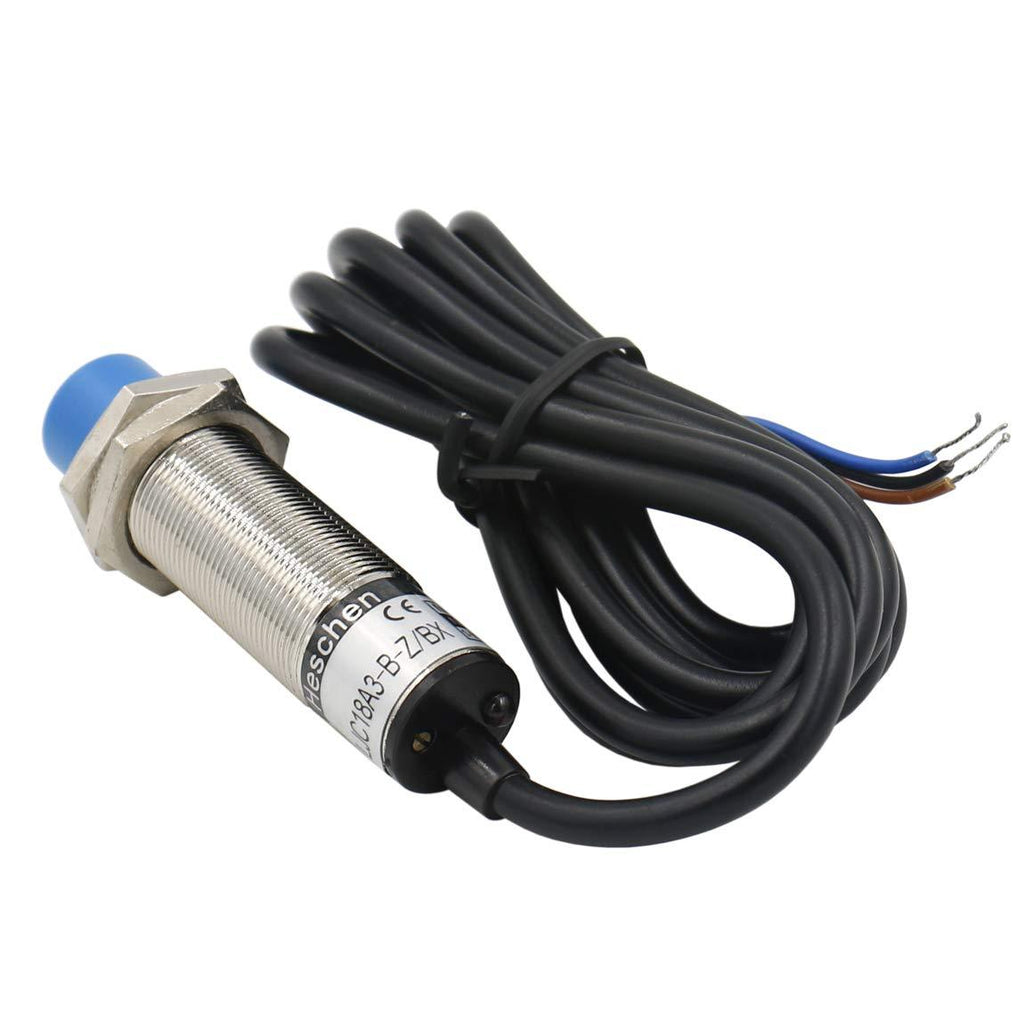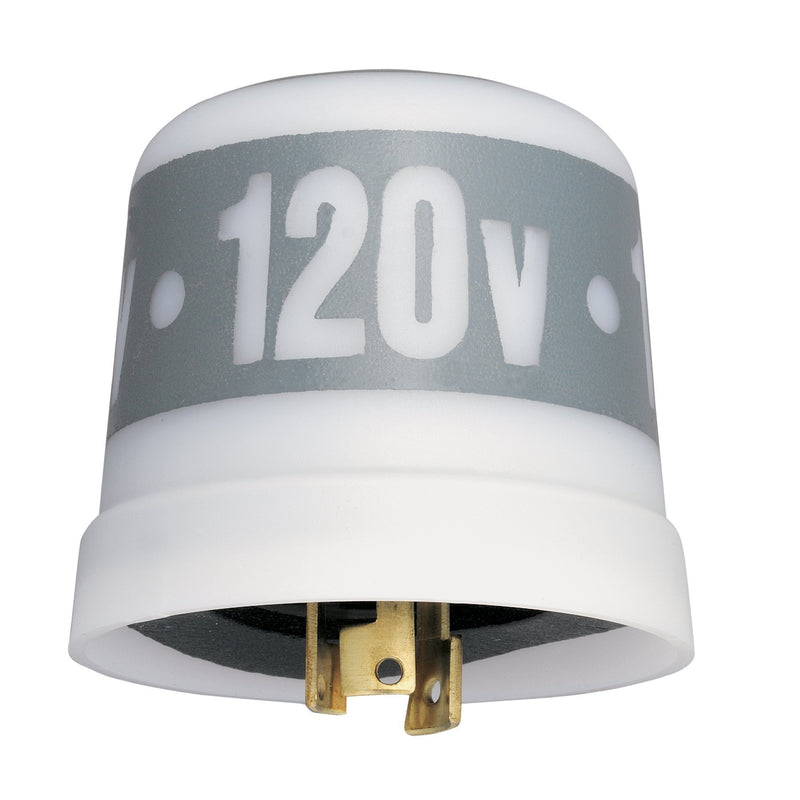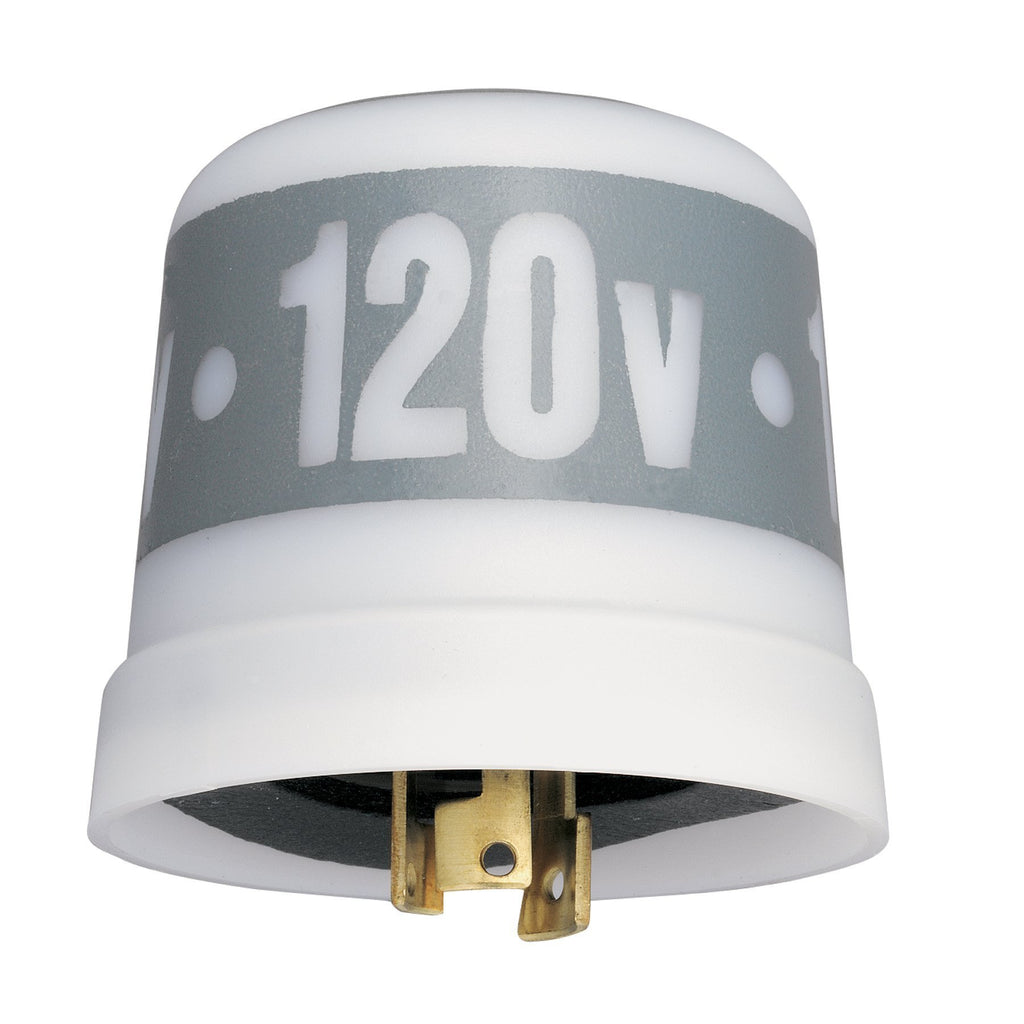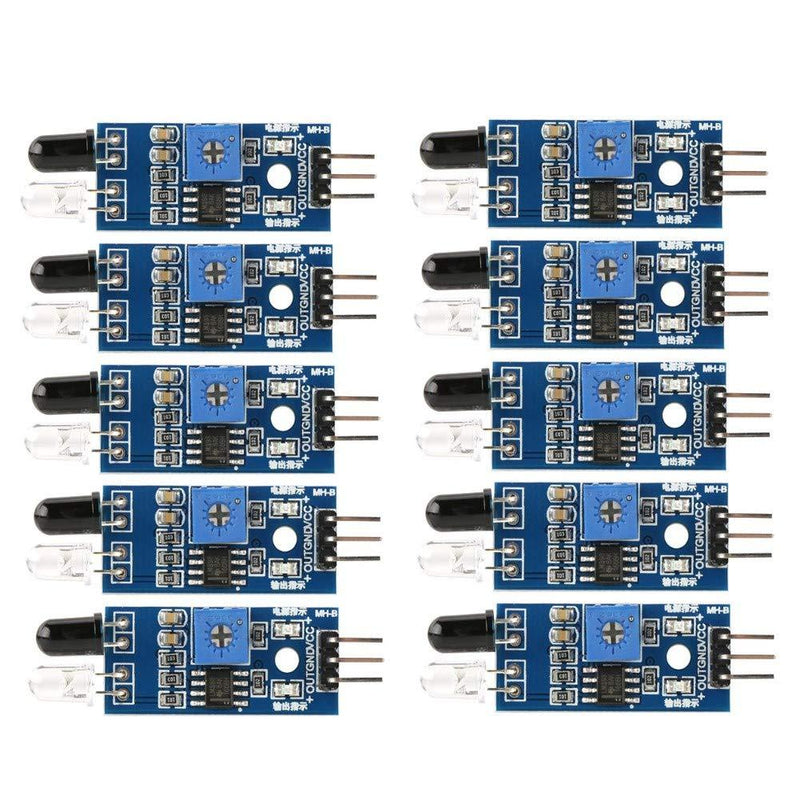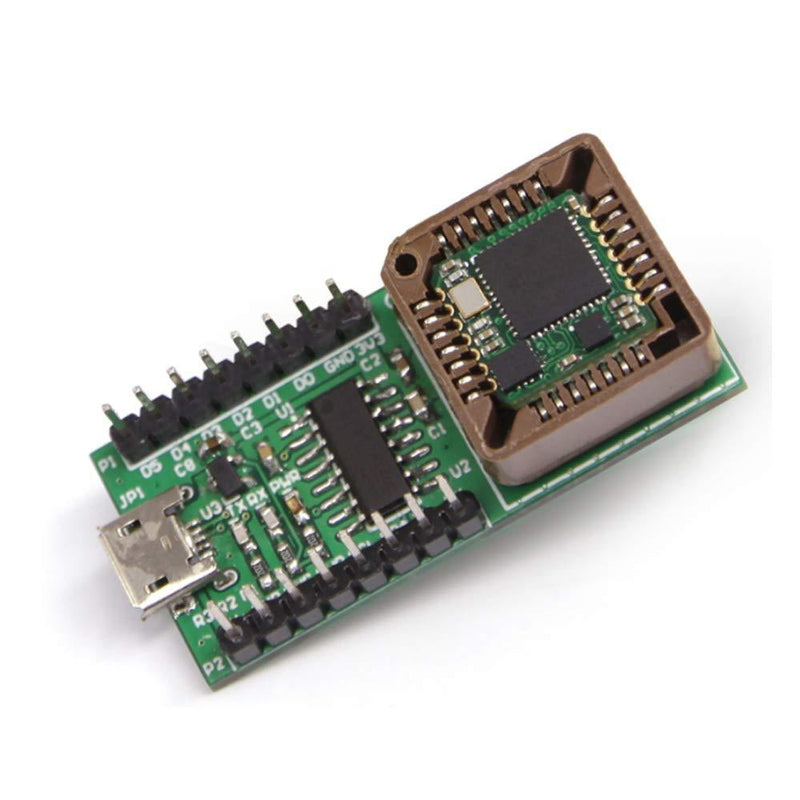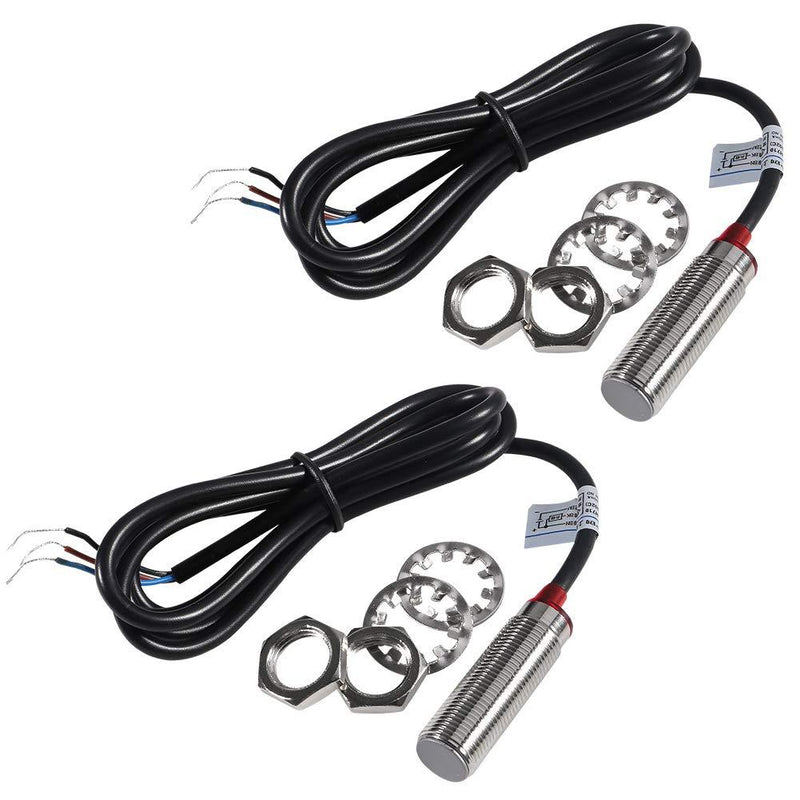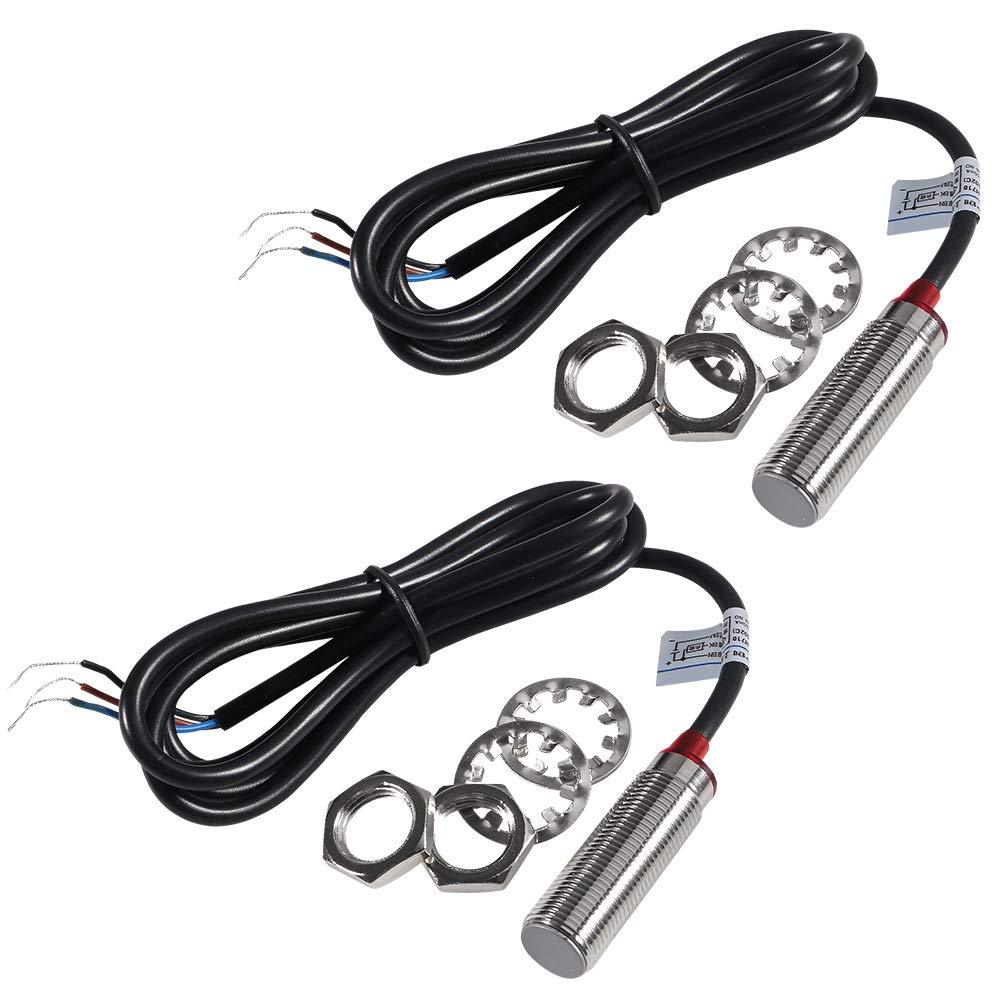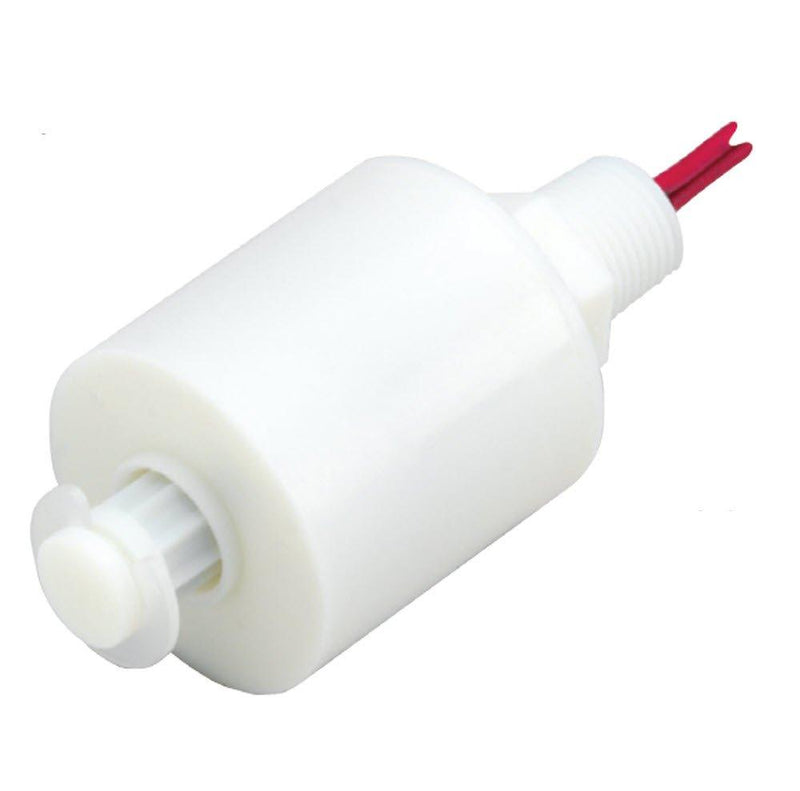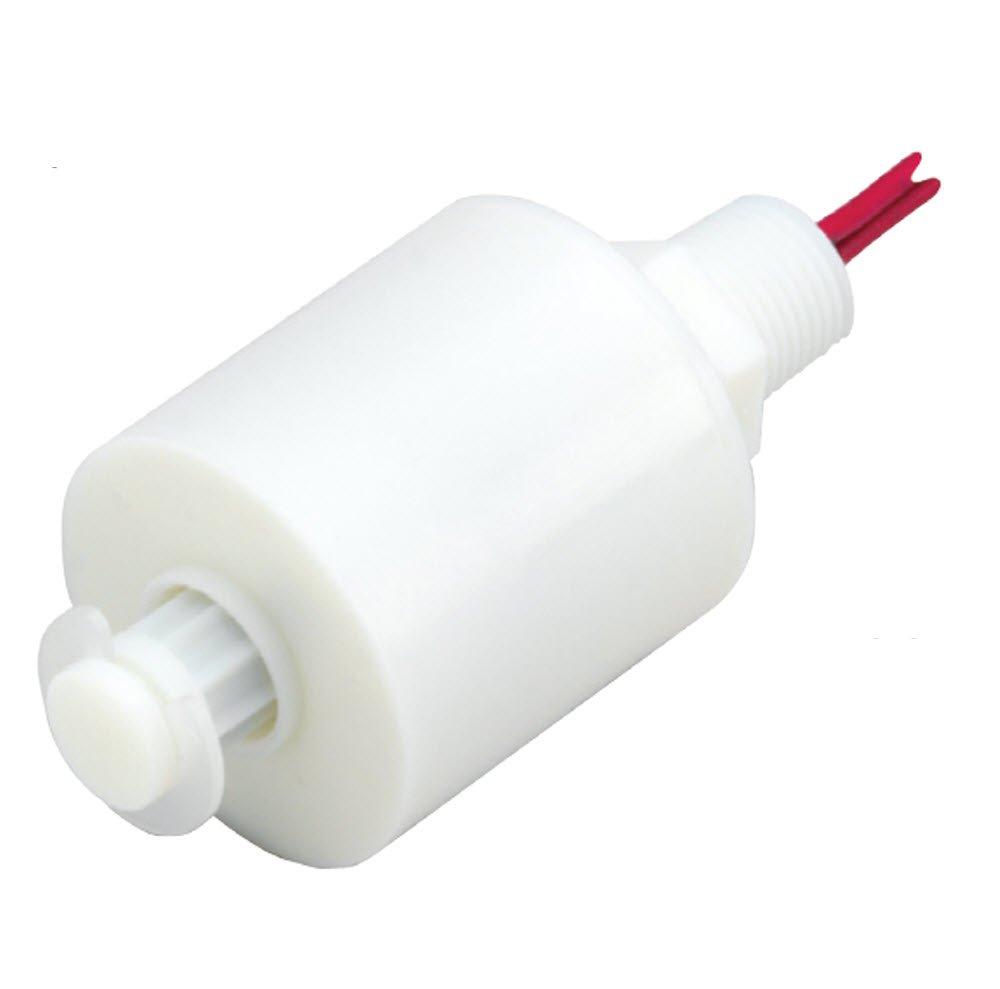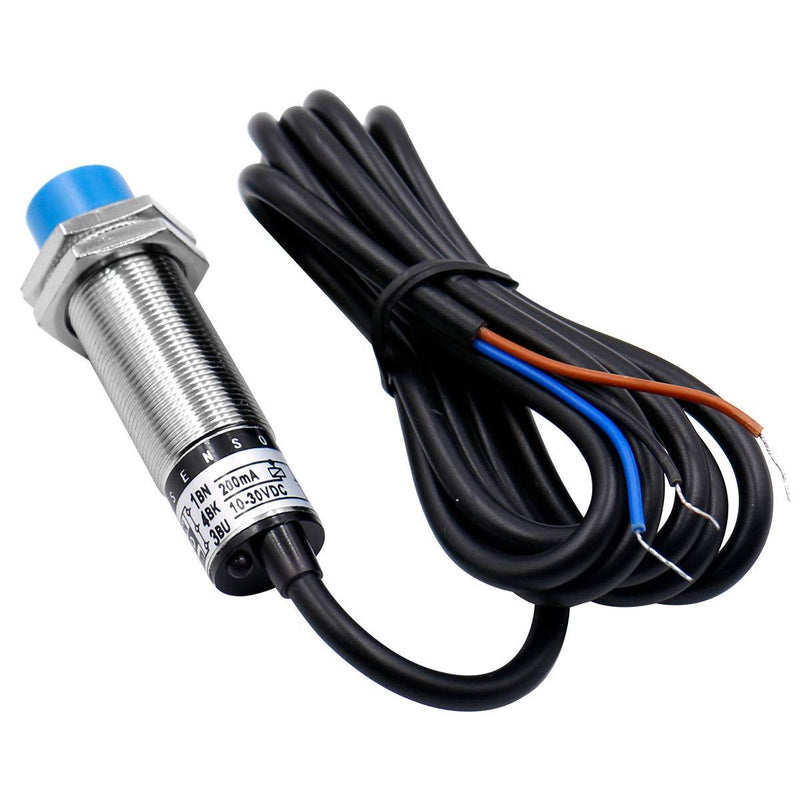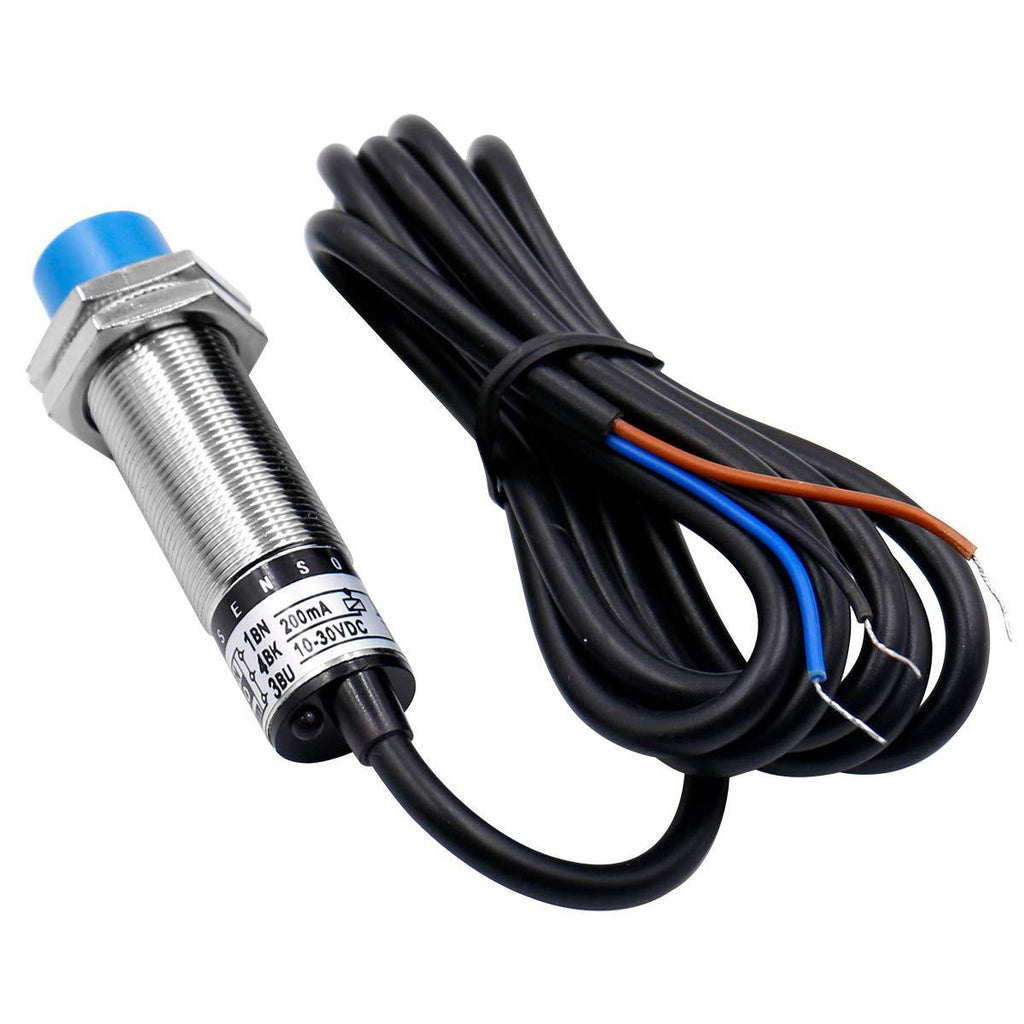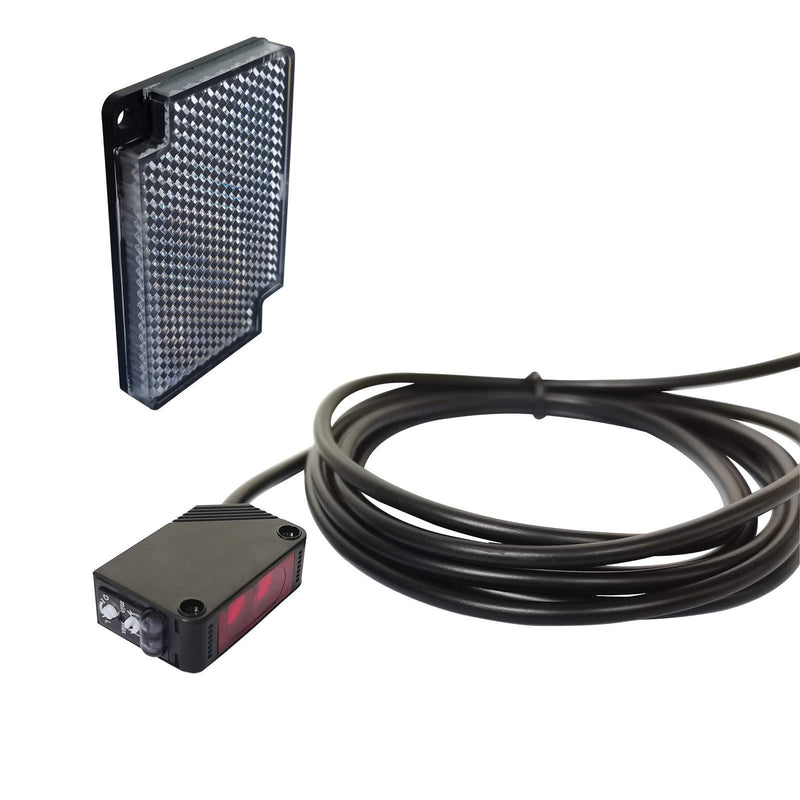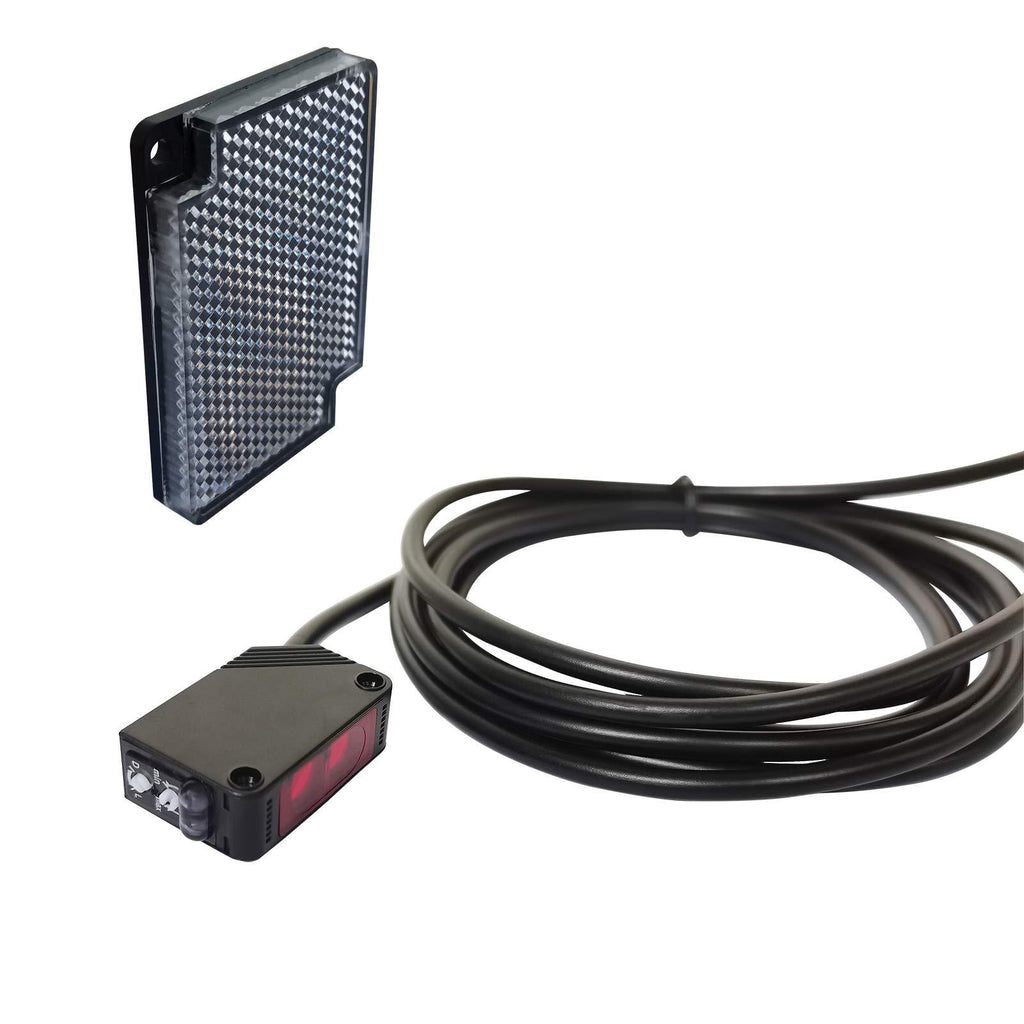Non-Contact Liquid Level Sensor, 5~24V Capacitive Liquid Level Detector,High Sensitivity, Detection is Accurate and Stable,Suitable for Plastic Tubes,Rubber Tubes,Nylon Tubes,Glass Pipe
Non-Contact Liquid Level Sensor, 5~24V Capacitive Liquid Level Detector,High Sensitivity, Detection is Accurate and Stable,Suitable for Plastic Tubes,Rubber Tubes,Nylon Tubes,Glass Pipe
Specification: Item Type:Liquid Level Sensor Working Voltage: 5-24 (V) Induction Principle: Capacitive Liquid Level Sensing Output Form: High and Low Level Signal Scope Of Application: Liquid Sensing In Various Containers Model: XKC-Y26A-V Output Voltage (High Level): Vin Output Voltage (Low Level): 0V Response Time: 500mS Output Current: 1~100mA Working Environment Temperature: 0~75°C Diameter Range Of The Pipe Used: 3~10mm Level Error: ±2mm Humidity: 5%~100% Material : ABS Waterproof Performance: IP65 Package List: 1 x Sensor
- ANTI-CORROSIONThe sensor is suitable for the outer wall of non-metallic pipe without direct contact with liquid, and will not be corroded by corrosive liquid such as strong acid and alkali, and is not affected by scale or other debris.
- FUNCTIONIntelligent liquid level reference adjustment and liquid level memory function, liquid level status display mode, can realize multi-point series connection.
- ACCURATE The detection is accurate and stable, and the boiling water level can be detected.
- PURE ELECTRONIC CIRCUITPure electronic circuit structure, non-mechanical working mode, stable performance and longevity. Wide voltage range (5~24V), suitable for connecting various circuits and product applications.
- SUITABLEStrong compatibility, penetrating various non-metallic container pipes, such as plastic, glass, ceramics, etc., induction pipe diameter 3~10mm; suitable for all kinds of plastic pipes, rubber pipes, nylon pipes, glass pipe pipes Level detection. High stability, high sensitivity, strong interference capability, free from external electromagnetic interference, special treatment for power frequency interference and common mode interference.









